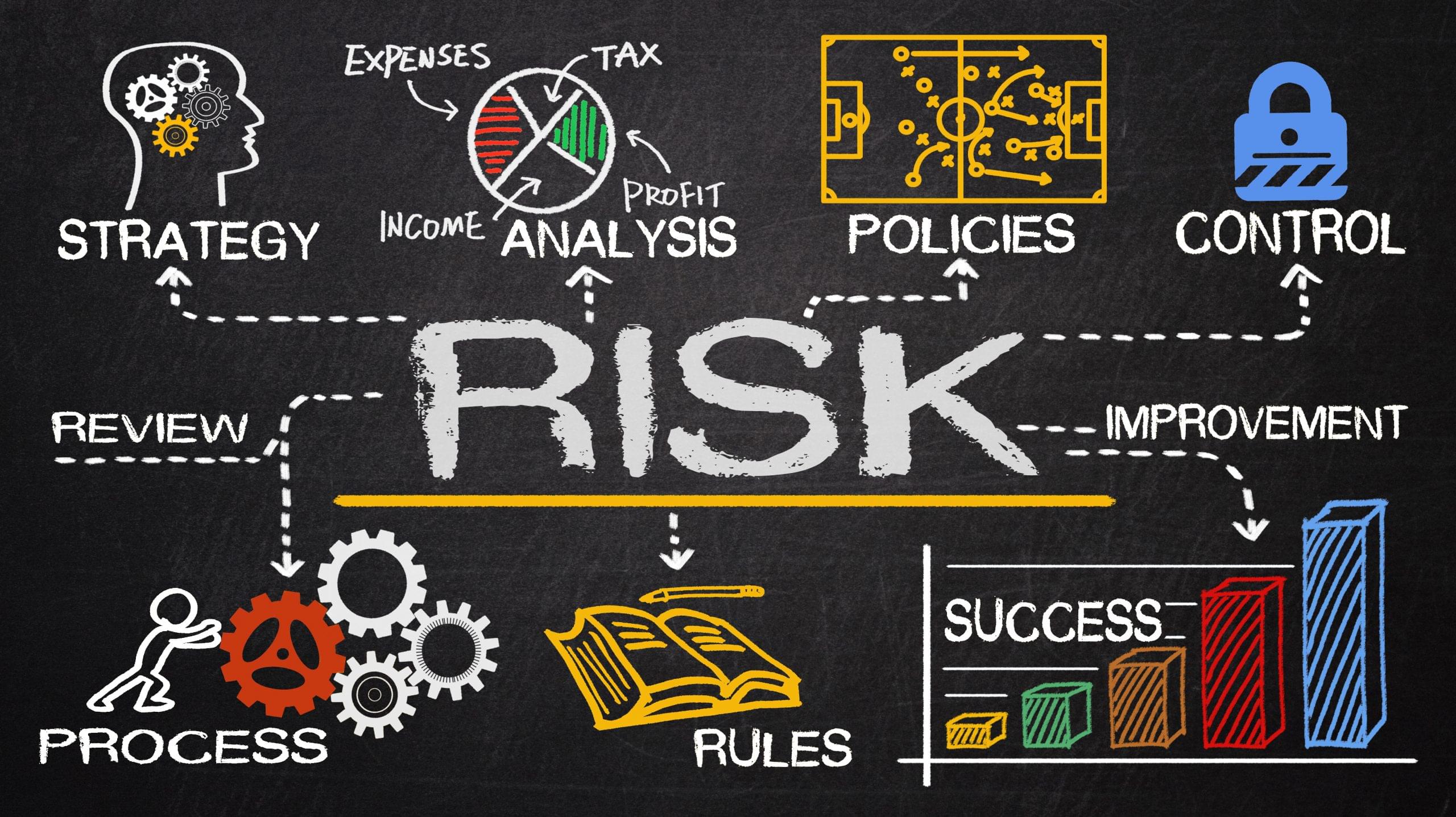Risk Management: Mitigating Uncertainty for Business Success

In today’s dynamic business environment, risk management plays a crucial role in safeguarding organizations against potential threats and uncertainties. From economic downturns to cybersecurity breaches, businesses face a myriad of risks that can impact their operations, finances, and reputation. Effective risk management strategies help businesses identify, assess, and mitigate these risks, allowing them to navigate challenges proactively and capitalize on growth opportunities. In this article, we’ll explore the concept of risk management, its importance for businesses, and best practices for implementing a robust risk management framework.
Understanding Risk Management
Risk management refers to the process of identifying, assessing, and prioritizing risks followed by the coordinated application of resources to minimize, monitor, and control the probability or impact of adverse events. It involves analyzing potential risks, evaluating their likelihood and potential impact, and developing strategies to mitigate or avoid them.
Importance of Risk Management
- Protecting Assets: Risk management helps protect valuable assets such as finances, intellectual property, and reputation from potential threats and vulnerabilities.
- Enhancing Decision-Making: By providing insights into potential risks and their impact, risk manage enables informed decision-making and strategic planning.
- Compliance and Regulation: Compliance with industry regulations and legal requirements is essential for businesses. Risk manage ensures adherence to regulatory standards and helps mitigate legal risks.
- Business Continuity: Effective risk manage ensures business continuity by identifying potential disruptions and developing contingency plans to minimize their impact on operations.
- Reputation Management: A strong risk manage framework helps preserve the organization’s reputation by addressing risks that could damage its brand image or stakeholder trust.
Key Components of Risk Management
- Risk Identification: The first step in risk manage is identifying potential risks that could affect the organization’s objectives. This involves brainstorming sessions, risk assessments, and analysis of past incidents.
- Risk Assessment: Once risks are identified, they need to be assessed based on their likelihood and potential impact. Risk assessment techniques such as qualitative and quantitative analysis help prioritize risks and allocate resources accordingly.
- Risk Mitigation Strategies: After assessing risks, organizations develop mitigation strategies to reduce the likelihood or impact of adverse events. This may involve implementing control measures, transferring risk through insurance, or avoiding certain activities altogether.
- Monitoring and Review: Risk manage is an ongoing process that requires continuous monitoring and review. Organizations must regularly assess the effectiveness of their risk manage strategies and adjust them as needed to address evolving threats.
Best Practices for Effective Risk Management
- Establish a Risk Management Framework: Develop a formalized risk manage framework that outlines policies, procedures, and responsibilities for managing risks across the organization.
- Risk Culture: Foster a culture of risk awareness and accountability within the organization. Encourage employees at all levels to identify and report potential risks and provide training on risk manage best practices.
- Regular Risk Assessments: Conduct regular risk assessments to identify emerging risks and evaluate the effectiveness of existing control measures. Update risk registers and mitigation plans accordingly.
- Stakeholder Engagement: Involve key stakeholders, including senior management, employees, customers, and suppliers, in the risk manage process. Seek input and feedback to ensure comprehensive risk identification and buy-in for risk mitigation strategies.
- Integration with Business Strategy: Align risk manage activities with the organization’s overall business strategy and objectives. Consider risks and opportunities in strategic planning processes and allocate resources accordingly.
- Invest in Technology: Leverage technology solutions such as risk manage software and data analytics tools to streamline risk assessment processes, track key risk indicators, and enhance decision-making.
Conclusion
In today’s volatile business landscape, effective risk manage is essential for organizations to thrive and remain resilient in the face of uncertainty. By identifying, assessing, and mitigating potential risks, businesses can protect their assets, enhance decision-making, ensure compliance, and safeguard their reputation. By adopting best practices and integrating risk manage into their strategic planning processes, organizations can proactively manage risks and capitalize on opportunities for growth and success.



Leave a Comment